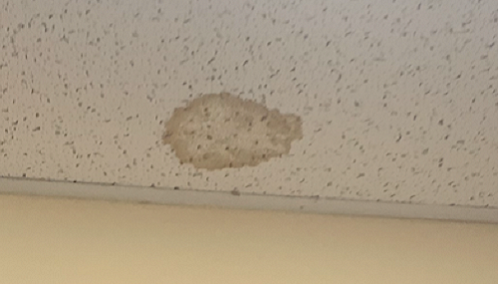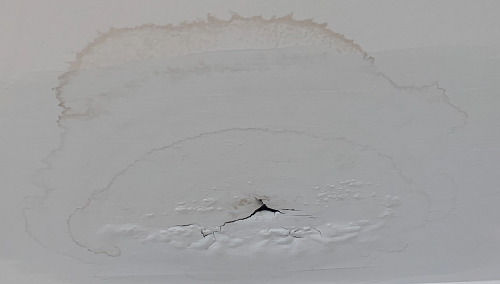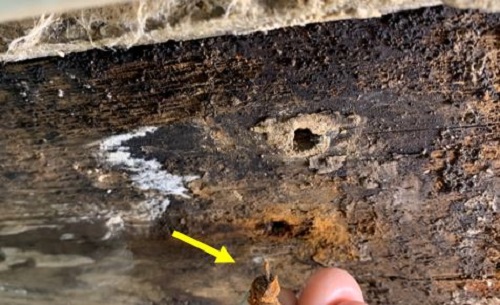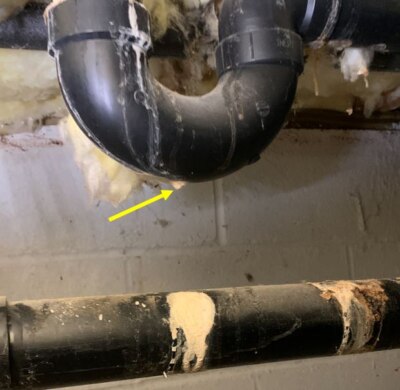Water Damage – Old or New?
by Ed Julius, PE, Consulting Structural Engineer
August 26, 2020
At times it is necessary for a carrier to try to determine whether apparent water damage occurred recently or at some time in the past. It can be difficult in some cases to determine the exact date of loss, but it may be possible to establish whether the damage was relatively recent or had occurred sometime in the past. This may be of importance if a policy was recently issued.
The first consideration would be the history of the insured location. Have there been prior water damage claims? If so, review of documentation and any photographs would be in order. When was the damage first noted? What is the weather history in the area for the time period of the claimed loss?
In the case of sheetrock, what is the tested moisture level? Is the sheetrock firm or soft? It takes time for water to soften sheetrock, so softness indicates an older leak.
Leaking water will tend to pick up coloration from the materials that it contacts. On some materials water will leave stains when the water evaporates. In a single occurrence the stain may be darker in the center with a wider ring surrounding it such as seen in Photograph 1 below. If multiple rings are noted this can indicate repeated leaks over an extended period of time (Photograph 2, below).

Photograph 1

Photograph 2
Extensive decay and corrosion of fasteners can indicate that leakage has been ongoing for a long period of time. In the case of the shower pan support structure shown in Photograph 3, both heavy decay and corrosion were present. The arrow indicates the remnants of a nail that had almost entirely corroded away and was easily pulled out by hand. This type of damage can take years to develop.

Photograph 3
Access was gained to the crawl space under the same shower pan shown above. Heavy deposits of white material were found on the drain pipes below the shower (Photograph 4). After each use, water percolated through flaws in the shower pan. The water picked up salts from the cementitious shower pan structure and dripped onto the pipes. The water then evaporated and left the deposits behind. After a significant number of showers, the heavy deposits developed much like a stalagmite in a cave. This confirmed that the leakage had been ongoing for a long period of time and that the damage was not new.

Photograph 4
Other indicators of age include the extent of observed mold growth. Mold can begin within a few days after a surface has been moistened. The rate of growth will depend on a variety of factors such as the type of surface and humidity levels. Heavy mold growth can indicate leakage over an extended period of time.
Loss Solutions Group has the expertise to assist you with determining the time range when a leak occurred. Loss Solutions Group can also assist in determining the cause of loss and costs associated with other water damage issues. These areas include but are not limited to mold, water heater failure, pipe breaks, buried pipe failures, fire suppression systems and roof leakage.
Please contact Ed Julius, PE, LSG Consulting Structural Engineer, for assistance with determining the age of water damage or virtually any other Structural Engineering challenge at 866.899.8756 ext. 729 or ejulius@losssolutionsgroup.com.

